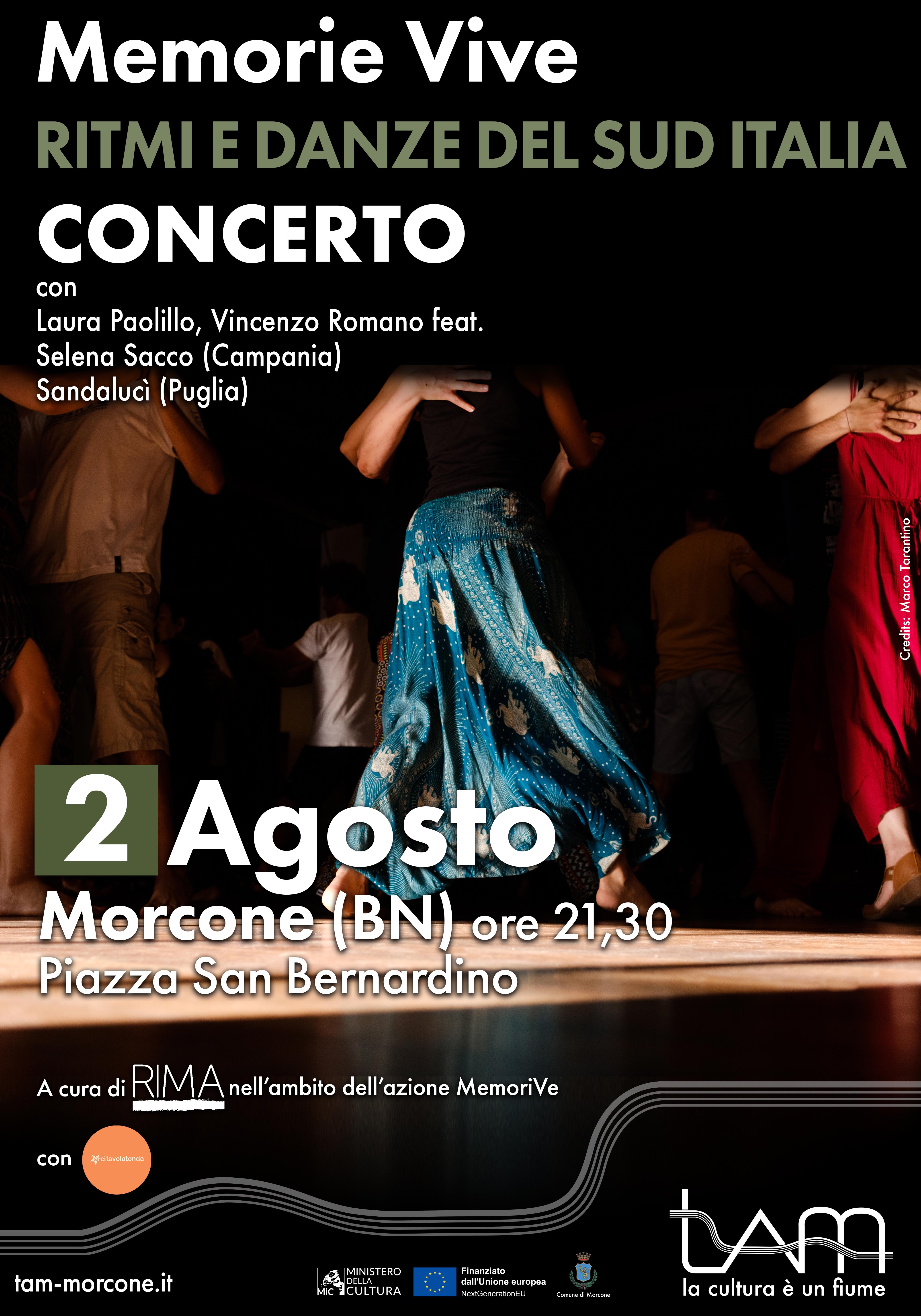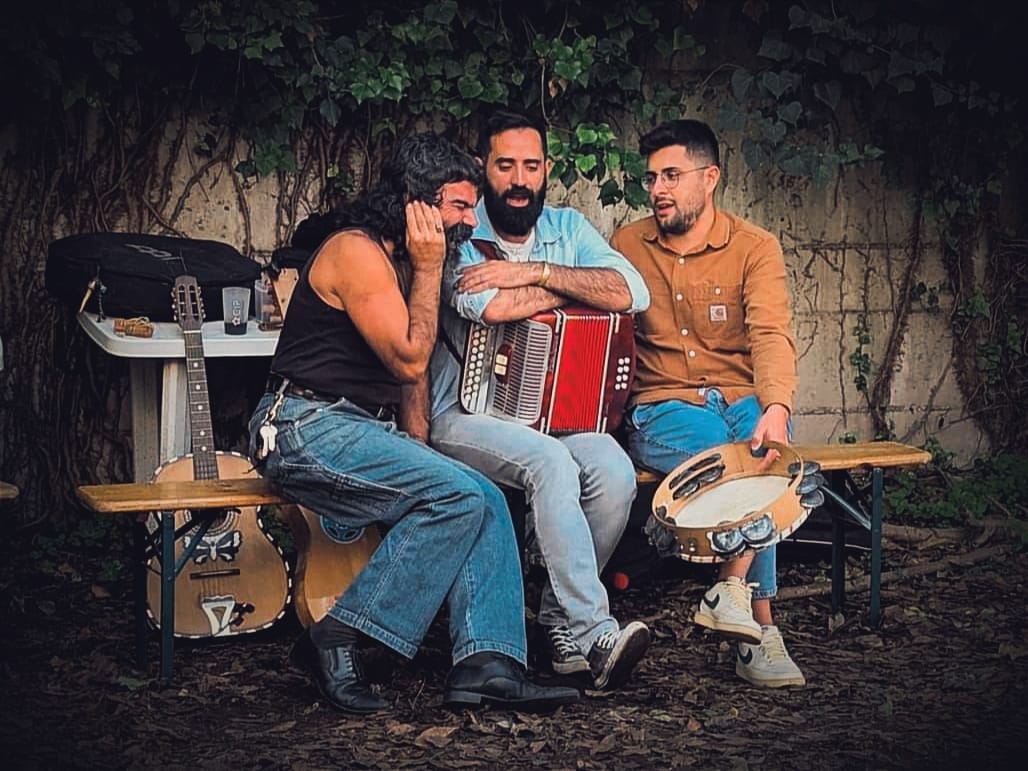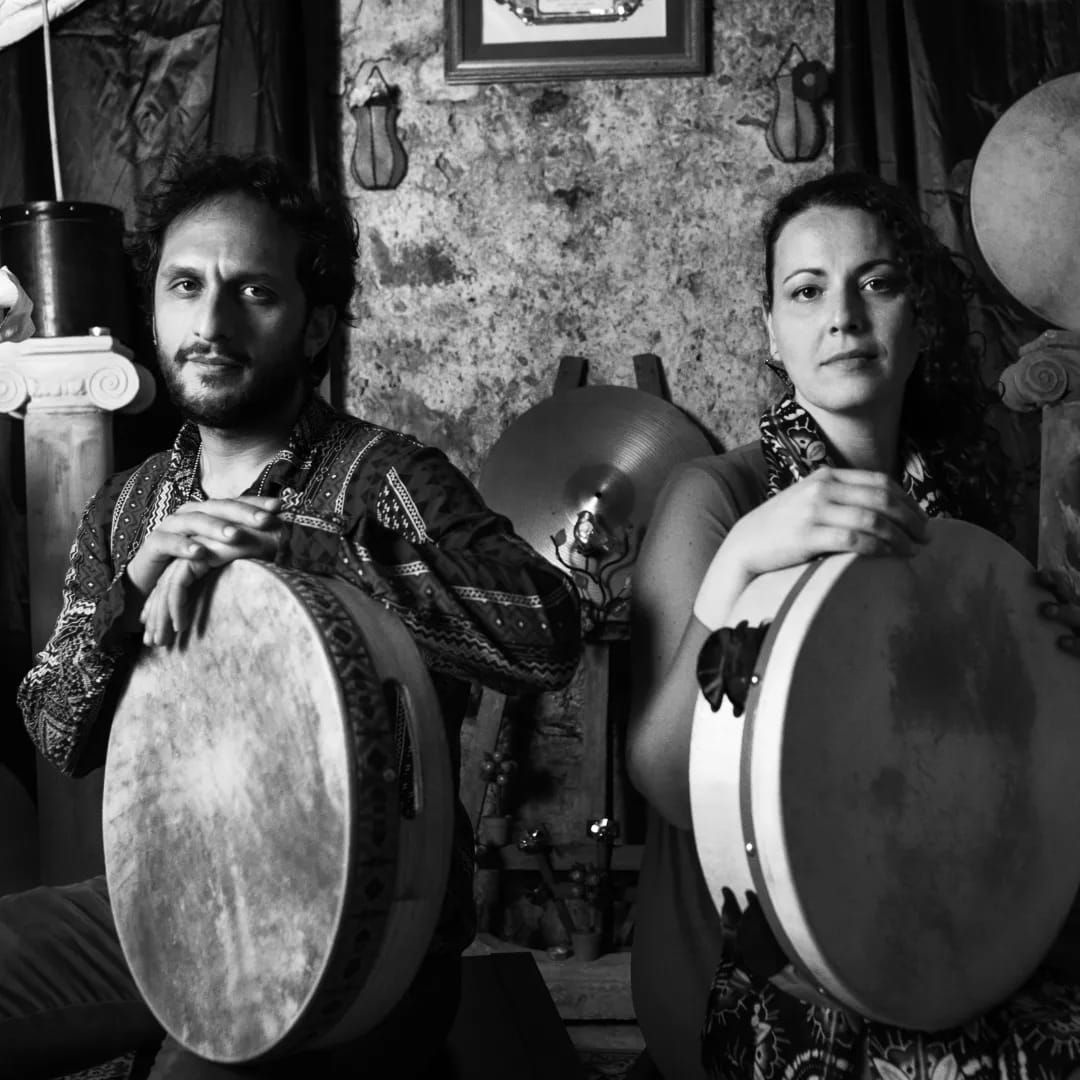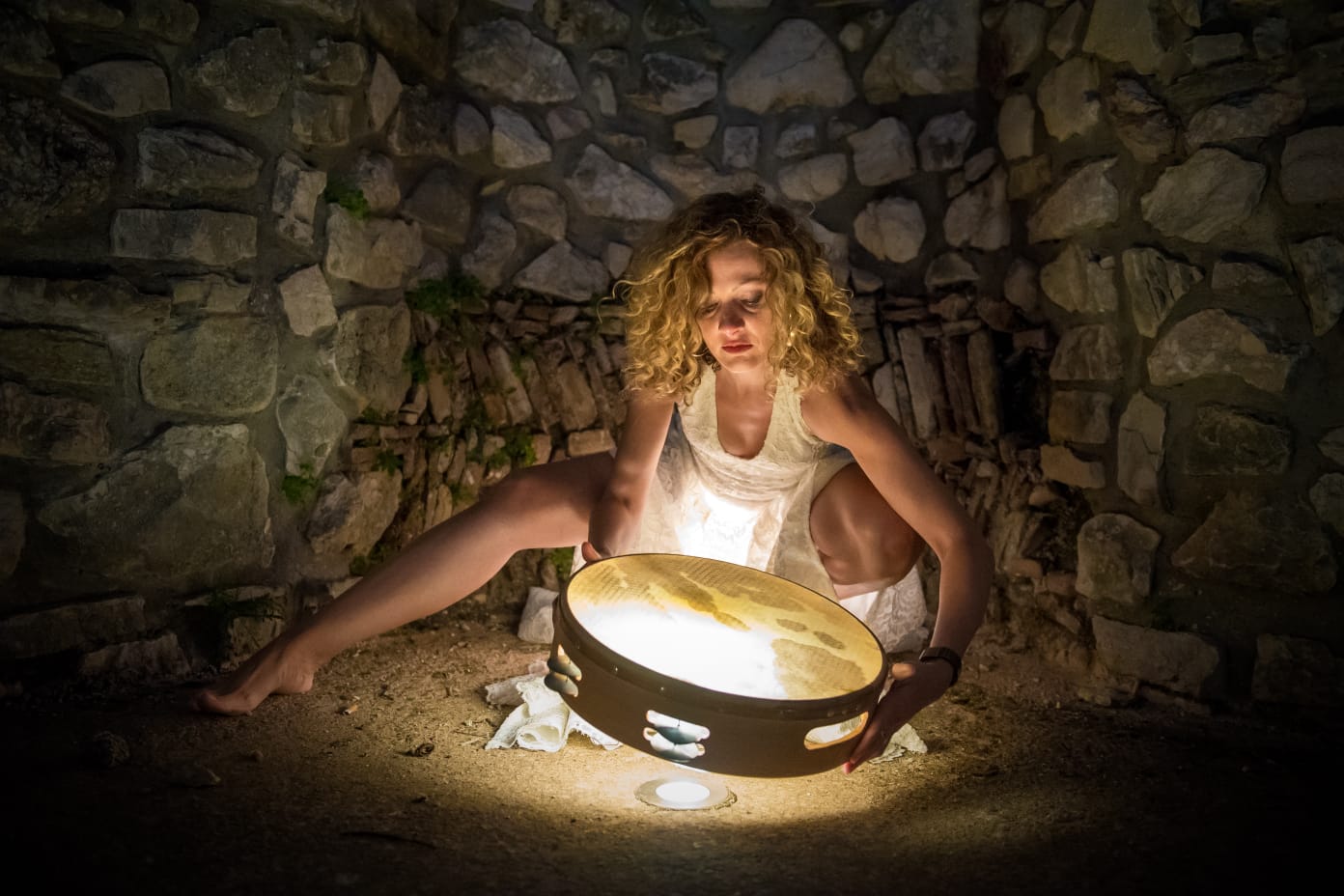Memorie Vive - Ritmi e Danze del Sud Italia
24th July 2025

Un concerto e un ballo in piazza, per concludere in bellezza Memorie Vive, Laboratorio Teatrale di Storie Itineranti con
I Sandalucì
Un ensemble che si fa portavoce di un ricco e variopinto repertorio di canti polivocali e suonate da ballo, espressione vivida dell'intera area del Gargano e dell'alta Murgia, estendendosi fino alla valle d'Itria. Questo repertorio abbraccia con amore e rispetto le melodie ancestrali di località come Carpino, San Giovanni Rotondo, Monte Sant'Angelo, Ischitella, ma anche Altamura, Toritto, Cisternino, Ostuni, e Villa Castelli, offrendo una panoramica affascinante sulla diversità culturale e musicale della regione.
La performance del trio è un viaggio attraverso la storia e le emozioni, dove serenate sotto il cielo stellato, canti di questua che raccontano storie di vita quotidiana, la tarantella ipnotica e la vibrante pizzica pizzica, si alternano in un caleidoscopio di suoni e ritmi. Il tutto viene magistralmente eseguito con una selezione di strumenti tradizionali dell'area, che comprende la chitarra battente, dal suono deciso e percussivo, l'organetto, cuore pulsante delle feste di paese, il cupa cupa, con il suo timbro unico e riconoscibile, il tamburello, che guida la danza con il suo ritmo incalzante, le castagnole, che aggiungono colore e vivacità, il mandolino, con le sue melodie dolci e penetranti, e l'armonica, che con le sue note blues sottolinea la profondità emotiva delle canzoni.

Rosario Nido, riconosciuto depositario dei repertori di canto tradizionale del Gargano, ricercatore, danzatore, cantatore e suonatore della tradizione musicale garganica.
Domenico Celiberti, polistrumentista e cantatore che da quasi vent'anni si occupa di musica tradizionale della Puglia con particolare attenzione al Gargano e alle Murge, frequentando gli ultimi anziani suonatori e cantatori e recuperando quei repertori caduti in disuso.
Donato Francioso, un virtuoso dell’organetto e del tamburello di Ostuni.
Per ascoltare la musica dei Sandalucì clicca qui
Vincenzo Romano & Laura Paolillo

Concerto intimo e vibrante, dove le voci di Vincenzo "il cantore pellegrino" e Laura Paolillo si intrecciano in un viaggio sonoro tra emozione, poesia e ritmo. In un'atmosfera ipnotica e suggestiva, il duo propone un repertorio originale e rivisitazioni personali di musica tradizionale del sud Italia, creando un dialogo musicale profondo e coinvolgente.
Ad accompagnare la serata, la chitarra raffinata di Leo Coppola, la fisarmonica evocativa di Francesco Migliaccio e la forza espressiva della danza interpretata da Selena Sacco (in basso nella foto), che aggiunge movimento e poesia alla performance.

Vincenzo Romano conosciuto come il “Cantore Pellegrino delle Tradizioni”, grazie al suo precoce talento inizia sin dai 9 anni a suonare tamburi a cornice e a farsi conoscere come cantore delle tradizioni campane. Iniziato nel linguaggio tradizionale da Francesco Tiano, ha
occasione di collaborare con artisti e nomi importanti della tradizione come Marcello Colasurdo, Cristina Vetrone, Nando Citarella, Tullio De Piscopo, Eugenio Bennato ed altri. Si è esibito su prestigiosi palchi di festival di musica delle tradizioni, musica etnica e popolare sia in
Italia che in Europa.
Laura Paolillo è cantante di repertorio lirico operistico, sacro e cameristico per voce di soprano e di musica delle Tradizioni Popolari. Compositrice, paroliera, danzatrice e polistrumentista: suona tamburi a cornice, percussioni, e ciaramella. Come Presidente dell’associazione culturale Operando Liricamente si è occupata di organizzazione di eventi musicali e culturali volti alla divulgazione del repertorio musicale d’arte.
Selena Sacco è un'artista irpina, cantante, danzatrice, tamburellista che spazia tra la musica classica e popolare. Dal 1996 a oggi, ricerca, acquisisce e cataloga passi, ritmiche e melodie della tradizione popolare del Sud Italia, viaggiando nelle regioni meridionali a stretto contatto con gli anziani depositari della tradizione. Collabora come cantante e danzatrice di diversi gruppi etnomusicali.
Immergetevi già nella musica di Vincenzo Romano e Laura Paolillo accompagnati dalla danza di Selena Sacco qui !